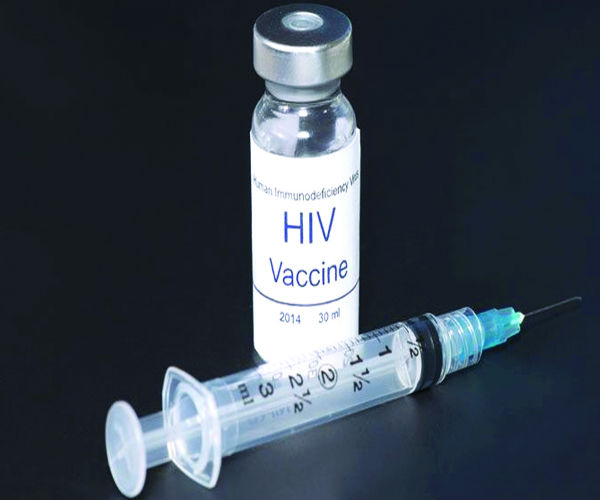According to a study published in journal Nature, Berman, the Baskin Professor of Biomolecular Engineering at University of California (UC) Santa Cruz, United States (U.S.), has now developed new methods for the production of HIV vaccines.
“Dozens of interesting vaccine candidates have been described, but most have not been tested in humans because it has not previously been possible to manufacture them affordably and in a timely fashion,” Berman said. “The technology we developed should break the logjam in HIV vaccine development, because it tremendously shortens the time, improves the yield, and lowers the cost.”
Berman’s lab was able to use robotics to shorten the time required to produce stable cell lines, needed to make the proteins for a vaccine, while at the same time greatly increasing how much of the protein the cell lines can produce.
“The carbohydrates attached to the protein are really important, something no one realized until recently,” Berman said. “The conventional way of making these envelope protein vaccines incorporated the wrong kind of carbohydrates. We now know that destroyed many of the important antigenic sites recognized by protective antibodies.”
Cell lines derived from Chinese hamster ovary (CHO) cells are the industry standard used to produce complex recombinant proteins for therapeutic use. These cells are also useful for the production of HIV vaccines.
The gene for the desired protein is transferred into CHO cells in a process called transfection, and tens of thousands of transfected cells are screened to find the few rare cells that produce large amounts of the protein. The best cell lines are grown in large batches, in a process similar to yeast fermentation for making beer, and the proteins are then isolated and purified.
Berman’s lab developed a new robotic method to isolate high-producing cell lines making HIV envelope proteins. This shortened the time required to produce stable cell lines from 18 to 24 months to just two or three months, while increasing yields by a factor of 100 to 200.
Source: Guardian

 Research on Human Immuno-deficiency Virus (HIV) over the past decade has led to many promising ideas for vaccines to prevent infection by the Acquired Immune Deficiency Syndrome (AIDS) virus, but very few candidate vaccines have been tested in clinical trials.
Research on Human Immuno-deficiency Virus (HIV) over the past decade has led to many promising ideas for vaccines to prevent infection by the Acquired Immune Deficiency Syndrome (AIDS) virus, but very few candidate vaccines have been tested in clinical trials.




